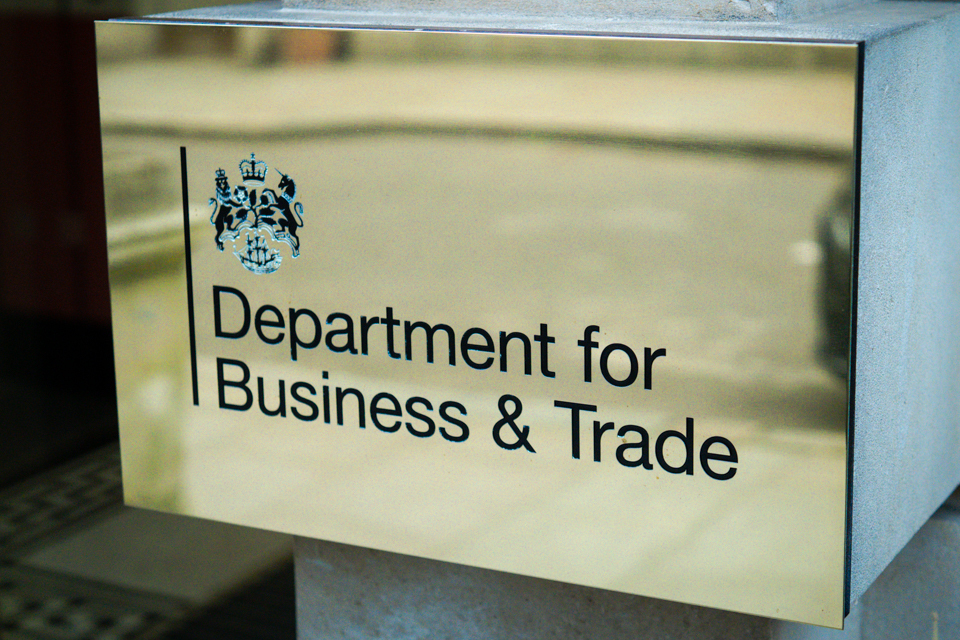Chemist, pub and bank closures lead to 2,300 more empty UK stores, survey finds

A wave of closures by chemist, pub and bank chains led to almost 2,300 more empty stores on high streets, shopping centres and retail parks in Great Britain in the first half of this year, according to new research.
Chain stores were shuttered at a net rate of 12 a day, with the three services accounting for half of those closures, according to a survey by Green Street for the advisory firm PwC.
Many of the closures are fuelled by the withdrawal of Lloyds Pharmacy from the high street and the closing down of hundreds of Boots stores, while Stonegate pubs, the owner of the Slug & Lettuce and Be At One brands, also disposed of 34 trading sites.
UK banks have consistently closed branches as many consumers switch to digital banking, causing concern about the impact on local communities. The number of UK bank branches to have shut over the last nine years passed 6,000 earlier this year.
The figures showed high streets had the worst level of net closures, while retail parks are seeing net openings and shopping centres on an improving trend.
“The bad news was very concentrated in terms of types of business and location,” said Kien Tan, a senior retail adviser at PwC.
However, the research painted a brighter picture for fashion chain stores, with an extra 94 left empty in the first half this year, compared with vacancies that were far higher – at 273 – a year before.
The bi-annual report using data from Green Street, formerly known as the Local Data Company, tracks more than 200,000 chain outlets in more than 3,500 locations to gain an insight into the changing landscape of high streets, shopping centres and retail parks. The report for PwC does not include independent stores which are tracked separately.
“Since the pandemic it has got harder to get into town and easier to get to retail parks,” Tan said. He said the shift towards working from home may have affected high streets which were also being hit by a recent upturn in online shopping.
after newsletter promotion
Tan said that outside big cities, there was a shift to the “convenience of being in the car”, which benefited retail parks at the expense of high streets. He added: “High streets have got to evolve.”
A shift to digital services has led to the closure of banks, estate agents, employment agencies and chemists which have traditionally drawn people into town centres.
Only four types of chain store expanded the number of outlets by more than one a week including convenience stores, value retailers – such as B&M or Home Bargains, cafes and coffee shops, which have been moving into retail parks with new formats such as drive-thrus.
Tan said the number of visitors to UK high streets, shopping centres and retail parks was 15-20% lower than before the pandemic and has continued to decline in 2024, not helped by the wet weather.
Online retail has continued to grow during 2024, with almost 28% of all retail sales online in July 2024, the highest proportion since February 2022 when store visits were dampened by fears of the Omicron Covid variant.
Related
Why investing in women is a vital next step for…
Get Nadine White's Race Report newsletter for a fresh perspective on the week's newsGet our free newsletter from The Independent's Race CorrespondentGet our fre
Business secretary signals major shift on electric car policy to…
In a determined effort to retain Nissan’s manufacturing presence in Britain, Business Secretary Jonathan Reynolds has vowed to implement “substantial c
Joint Statement: Business Secretary and Fujitsu Services Ltd
Business and Trade Secretary Jonathan Reynolds today (Friday 7 March) met chiefs for Fujitsu in Tokyo to begin talks over the cost of redress for victims of th
UK foreign secretary backs multilateral defence funding for Europe
UK foreign secretary David Lammy has said that a new multilateral fund will be needed to secure Europe’s defence as he confirmed that Britain is “open to”













